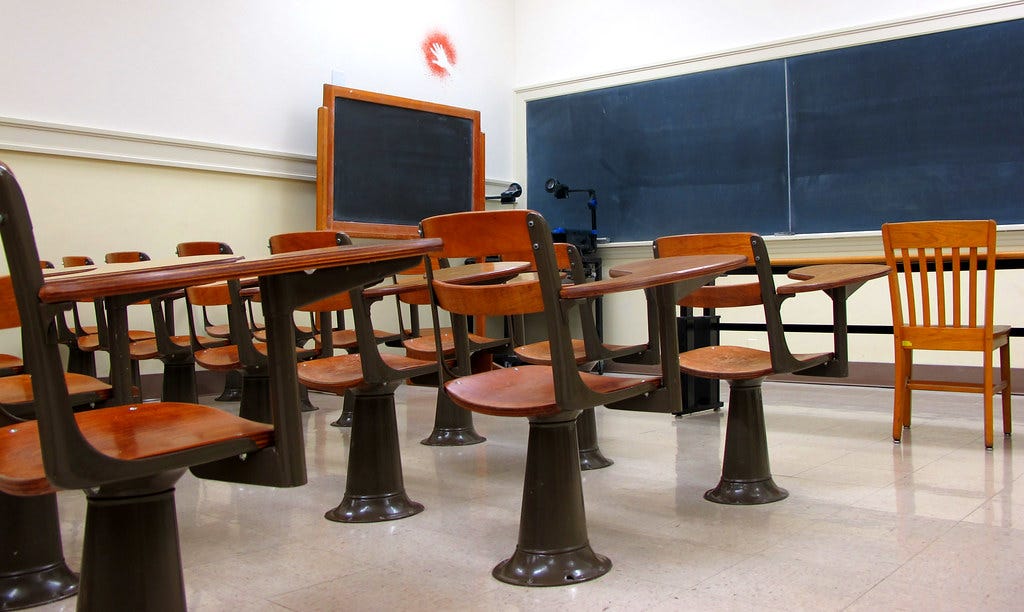Uncharted: A Return to School as "Normal"
For Oregon schools, spring break is over and the fourth quarter has begun. And for educators just entering the classroom to teach in-person, it is go time.
Editor’s Note:
Do your part to Sustain the Way!
13 Oregonians have gotten us to $735 - keep the momentum going!
We can hit $1,000 this week!
Donate here or subscribe below to create a part-time editor position.
Did you miss last week’s posts? Find them here.
Thank you! - kevin
Cameron Scott holds an MFA in poetry from the University of Arizona, is a fly-fishing guide and teaches 7th-12th grade English Language Arts.

For Oregon schools, spring break is over and the fourth quarter has begun. And for educators just entering the classroom to teach in-person, it is go time—sort-out-the-mess time, get-students re-integrated time, hang-in-there time, pick-up-the-pieces-of-everything time. One year ago education was up in the air with quarantine. Today, our educational system is still sorting itself out.
I do know as I go back to school this week I’ll be thinking of classroom re-openings across the state, and of the students and teachers re-entering the classroom for the first time since last year. My heart goes out to them. There is no way to navigate the arbitrary unknowns other than as a classroom or school community. Which means navigating this together. Which is not easy.
Suddenly, everything that previously required little to no thought, like how a class walks to recess, has to be rigorously analyzed. Six feet vs. three feet vs. no feet. For 15 minutes or less. Within cohort groups. With masks, but students can take mask breaks, but when does a mask break become not wearing a mask? Pencils and paper? How often? Computers? How long is too long? Sanitize like you’ve never sanitized before…but when do you stop?
This is the tip of an iceberg floating on what students and staff are potentially bringing to school this year: loss of family members or loved ones due to Covid-19, the stress and anxiety of having high-risk individuals in one’s life, a personal or cultural belief that Covid-19 is not real and that mask wearing is illegal, individual rights vs. law. Plus there are the difficulties hidden away beneath the surface: other trauma that has taken or is taking place in students’ or staffs’ lives, from both the pandemic as well as long before.

How do you keep an iceberg like this from sinking a ship? Attentive captains and crews, satellite imaging systems, radars offering detailed information, dedicated monitoring teams outside the ship provide clear and consistent communication to those on the high seas. And still, a few ships sink each year. What’s the equivalent of these warning and monitoring systems for our educators?
As an Oregon educator who has been teaching in-person since September, and someone whose partner’s IVF success is entering the second trimester, I am anxiously anticipating this fourth quarter of the school year. With all of my hopes and dreams of fatherhood, with all of my hopes and dreams for my students and my teaching career, I expect fourth quarter to be as uncharted and unpredictable as the first three.
Even with our school district’s dedicated school board, administrators, staff, students and families. Even with our community lifeboats, the CDC’s guidelines and increasing vaccination rates, and new studies about Covid-19. Even with consistent communication from the teacher’s union and government. Uncharted. And so, fourth quarter begins.
***********************************
Keep the conversation going:
Facebook (facebook.com/oregonway)
Twitter (@the_oregon_way)
Check out our podcast:


